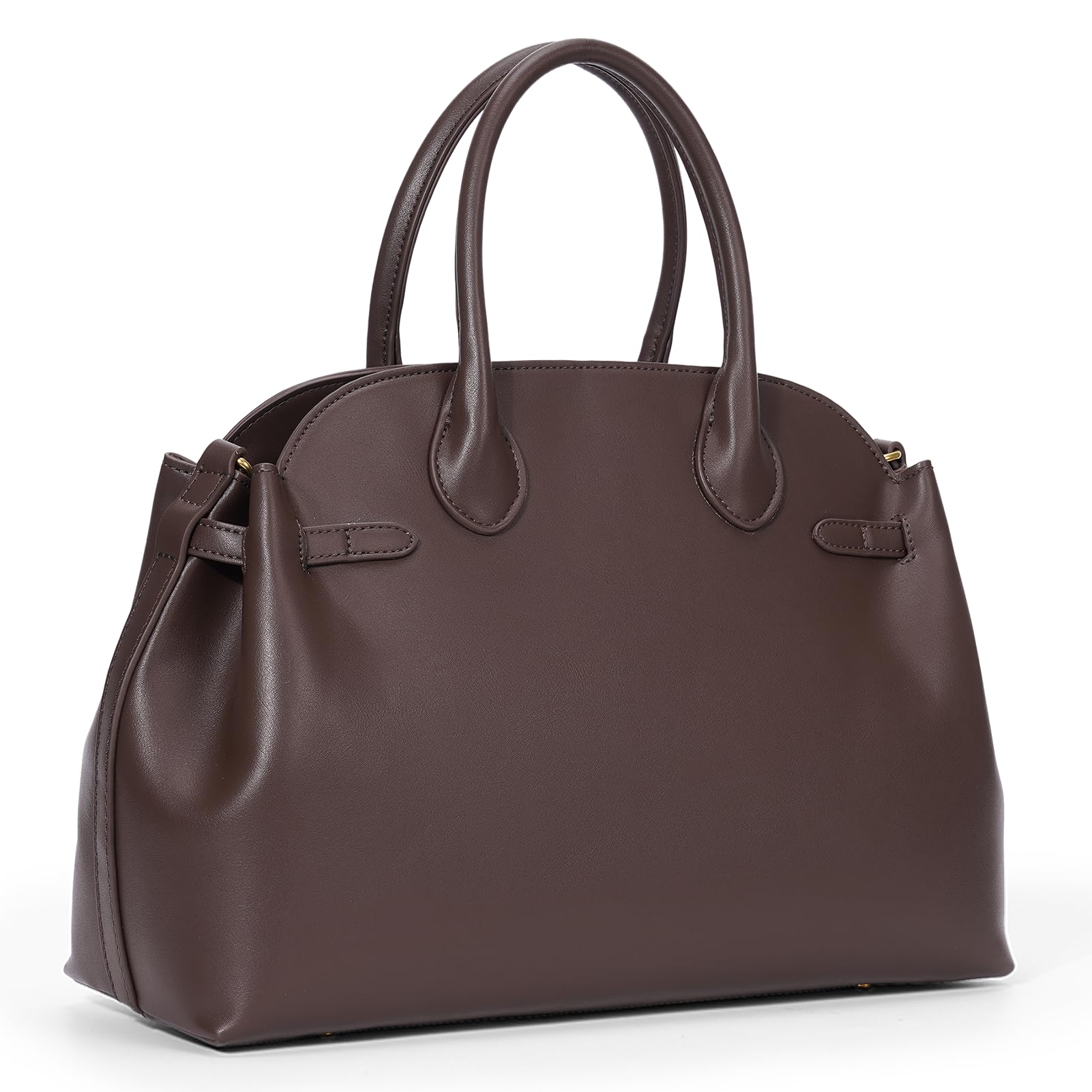 With a top handle and adjustable shoulder strap, this handbag provides multiple carrying options for added convenience. — HICARRY Top Handle Bag Medium Crossbody Bags For Women Vintage Tote Satchel Shoulder Bag Luxury Pu Leather Handbag — :::
With a top handle and adjustable shoulder strap, this handbag provides multiple carrying options for added convenience. — HICARRY Top Handle Bag Medium Crossbody Bags For Women Vintage Tote Satchel Shoulder Bag Luxury Pu Leather Handbag — :::See this product.
Consider the 19th-century valise, bulky and heavy, initially designed to endure transcontinental travel. Its structure was its virtue—a defiance against the rigors of railways and ocean crossings. When this structural rigidity miniaturized into the personal carrying case carried by the individual, it represented a quiet, rigid defiance against the historical norm where a woman's necessary effects were usually carried by staff or secreted within clothing layers. This move toward independent, structured carriage was a profound, practical declaration of self-sufficiency, predating the modern concept of the 'power accessory.'
During moments of global material scarcity, the notion of luxury twisted itself into unforeseen shapes. The Second World War provides a sharp example. When traditional fine leathers became prioritized for military equipment, designers, particularly those operating under rationing in Europe, were forced toward materials previously considered pedestrian. They did not simply substitute; they innovated with what was available. Resourcefulness became the ultimate aesthetic. Bags were crafted from tightly woven raffia, molded cork, or even specialized textiles made from recycled paper fibers, yielding forms that were celebrated not for their conventional opulence, but for their ingenious survival. The sudden elevation of the bamboo handle, for instance, born of necessity in Florence, stands as an accidental monument to wartime constraints.
The Grammar of Structure
The architectural integrity of the bag, the hidden compartments, the precise divisions—these elements often reveal more about the user's social anxiety or desire for control than the external material ever could.
The adoption of the structured *porte-document* (document carrier) by those outside professional or official circles. A calculated masquerade.
* The earliest structured handbags often incorporated heavily reinforced metal frames, providing necessary rigidity but sacrificing lightness—a practical trade-off emphasizing security over portability.
* In the 1930s, the emergence of Bakelite, an early form of plastic, allowed for the construction of rigid, unusually geometric clasps and handles, offering a sharp, modern contrast to traditional leather work.
* The widespread popularity of the zipper pull on personal goods was delayed by decades in high fashion, primarily because its initial use was associated strictly with rugged, utilitarian wear, lacking the necessary quiet elegance of the clasp.
* Specific historical bag styles, such as the dispatch box and the doctor's Gladstone bag, were often structurally appropriated by designers precisely because their original purpose conveyed unflappable competence and authority.
Get It On Amazon ::: (brought to you by Kiitn)
▷ See this product.
Top Handle Bag Medium Crossbody Bags For Women Vintage Tote Satchel Shoulder Bag Luxury Pu Leather Handbag Price, $77.99 $ 77 . 99 See options
#Ad Our articles include affiliate links: If you buy something through a link, we may earn a commission 💕
[ Buy It Here ]

No comments:
Post a Comment